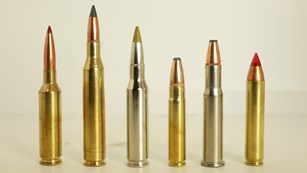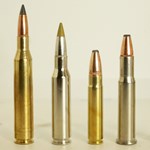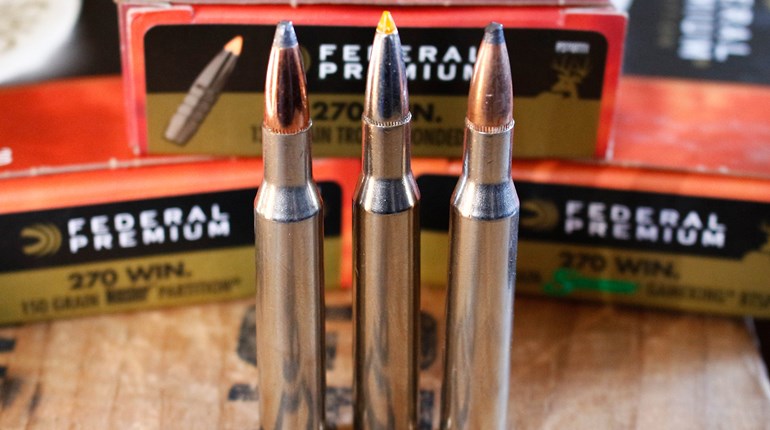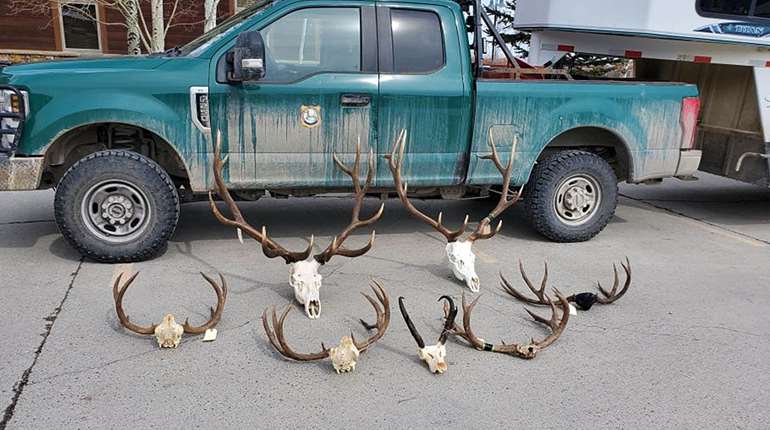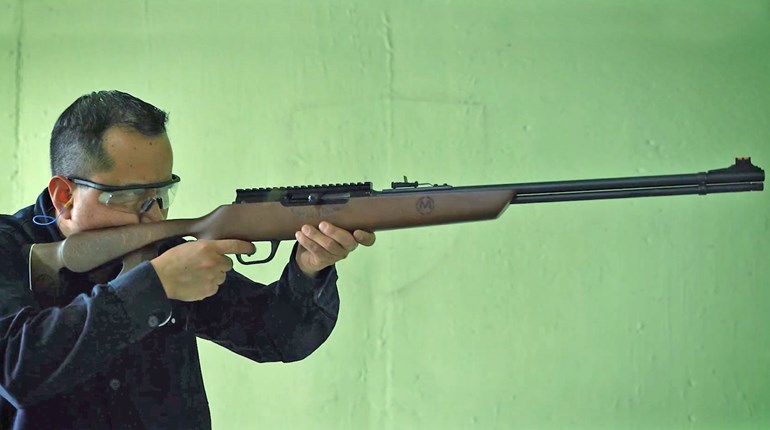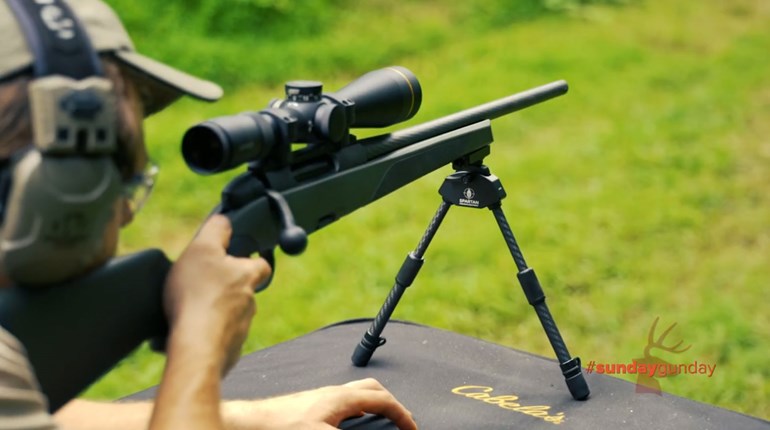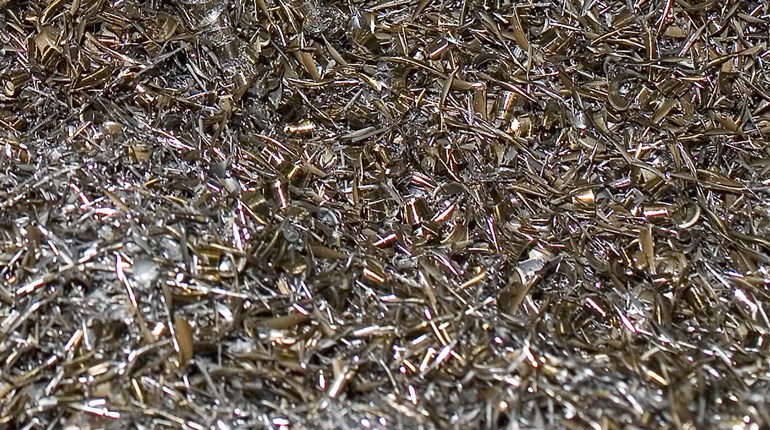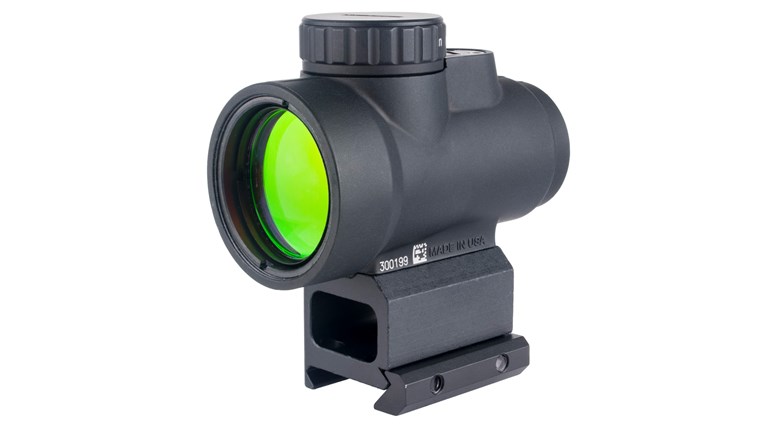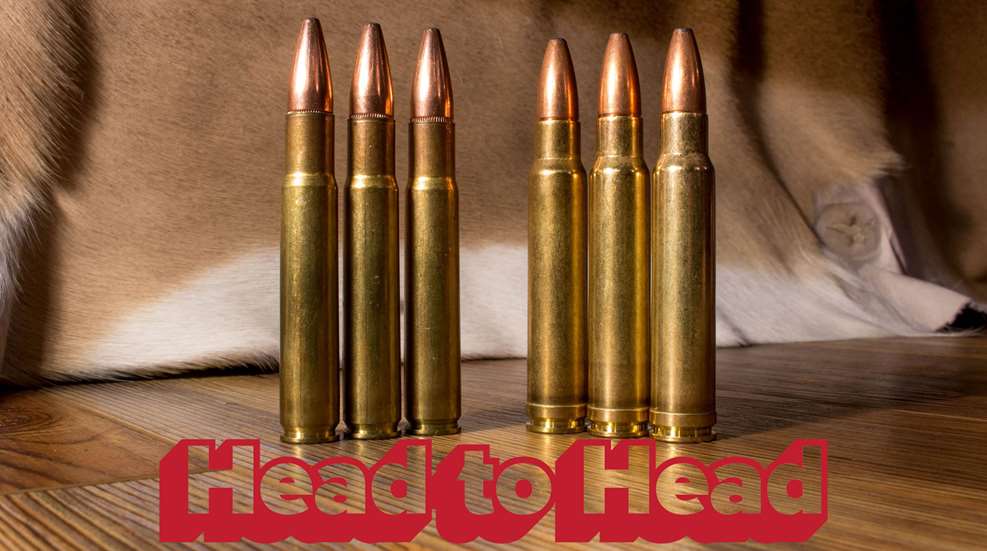
The .35-caliber cartridges have always been a source of controversy, sitting between the versatile .30-caliber cartridges and the bigger .375s and .40s; however, those who have adopted them as their choice are usually fervent fans. From the older .35 Winchester, .35 Newton and .35 Remington released after the turn of the 20th century, to the .358 Winchester—based on the .308 Winchester case—and the .350 Remington Magnum, of the mid-20th century, there have been plenty of choices. The wildcatters have always had their hands in the mix as well, necking a number of varying case designs up and down to hold .358-inch bullets. Even the British got in the game early, with the .350 Rigby Magnum coming on the scene in 1908.
Two of my favorite .35s are both based on previous cases, adapted to .35-caliber: Col. Townsend Whelen’s namesake, based on the .30-06 Springfield case, and the .358 Norma Magnum, based on a shortened .375 H&H Magnum case. Both offer a wonderful blend of powder capacity, muzzle velocity and tolerable recoil, in addition being fully capable of taking any game on the North American continent, as well as the majority of African game species. Let’s take a look at the pair, their history and see which makes the better choice.
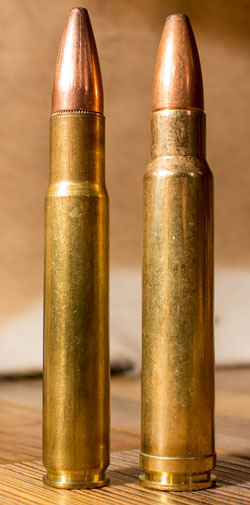
Col. Townsend Whelen was one of our early prolific gun writers, providing hunting and shooting articles to numerous magazines, including American Rifleman, Sports Afield, Field and Stream, and Guns & Ammo. He was the commanding officer of the Frankford Arsenal, and was not only a dedicated marksman, but an experimenter in cartridge design and ballistics. For all of Townsend’s work—and there was a bunch of it—he will always be remembered for the one commercial cartridge which bears his name: the .35 Whelen. There are conflicting reports about the design of the cartridge; in one instance in a 1923 article he takes joint credit with James Howe (later of Griffin & Howe) for the work, other times he gives Howe full credit, reporting that the Whelen moniker was used out of respect. Either way, the .30-’06 case necked up to hold a .358-inch-diameter bullet was been associated with Townsend Whelen for a century now, but the cartridge has only been available commercially since 1988, when Remington legitimized it.
The commercial version of the .35 Whelen shares the same case length as the ought-six at 2.494 inches, the same base diameter at 0.473 inches and the same 17 ½-degree shoulder angle. It has a neck length 0.462 inches, offering plenty of neck tension. The cartridge was designed to be used in a rifle which featured a 1:16 twist, so bullet weights pretty well top out at 250 grains, though most of the most popular factory loads stay between 180 and 225 grains. Muzzle velocities for the 180-grain loads run around 2,950 fps, the 200s leave the barrel at 2,800 fps, the 225-grain bullet are cruising at 2,700 fps, and the big 250-grain slugs are moving at 2,400 fps. Muzzle energy values will register between 3,480 ft.-lbs. for the lightest bullets and 3,200 ft.-lbs. for the 250-grain bullets.

Long touted among wildcatters as the “poor-man’s .375” as it could be easily made by converting affordable surplus military rifles, the .35 Whelen could handle all North American game, including the great bears of the north. Releasing the cartridge commercially cemented the Whelen’s place in history.

After Winchester brought out the trio of belted magnums based on a shortened H&H belted case in the 1950’s, the Swedish ammunition firm of Norma followed suit with a pair of their own cartridges: the .308 Norma Magnum and the .358 Norma Magnum. Developer Nils Kvale was responsible for the development of the two cartridges, keeping more than just the European hunting market in mind. Building on the theme of belted cartridges with minimal body taper, designed to fit in a standard long-action receiver, the .358 Norma Magnum has a case length of 2.519 inches and a 25 ½-degree shoulder, though it will headspace off the belt; the case shares the common H&H base diameter of 0.532 inches. A neck measuring 0.328 inches is less than the desired one-caliber in length, but has never posed an issue for any handloaded ammunition I’ve produced. It keeps the 3.340-inch cartridge overall length common to these style of cartridges.

Kvale’s .358 Norma Magnum is a formidable cartridge, driving a 250-grain bullet to 2,750 fps, and generating 4,200 ft.-lbs. of muzzle energy, putting it in the same class as the .375 H&H with similar bullet weights. As a choice for large game animals, the .358 Norma Magnum will get the job done on nearly all, as many countries where elephant, Cape buffalo and hippo are hunted required a larger bullet diameter; that said, I know that this case, when loaded with a proper bullet, will cleanly take any species.
Comparing and contrasting the two cartridges, you’ll see a similar set of talking points that you would when comparing the .280 Remington and 7mm Remington Magnum, the .30-06 Springfield and .300 Winchester Magnum, or the .338-06 A-Square and the .338 Winchester Magnum. The larger case will give a velocity advantage of 250 to 300 fps over the smaller one in a rifle of the same weight, though at the price of additional recoil.

Choosing between these two, I actually find the .358 Norma Magnum better than the .35 Whelen, as I feel that the Whelen often makes use of the lighter-for-caliber bullets, and if I want to bump up in caliber over a 7mm, .30 or .338, I’d be reaching for heavier bullets more often than not. Yes, the Whelen offers a lower recoil level while still offering plenty of striking power, but I do appreciate the next-level performance that the .358 Norma Magnum offers. That said, I must crown the .35 Whelen in this comparison, for the sheer fact that ammo for the Norma is becoming extremely rare and if you don’t handload, you might be in trouble. Norma still offers their 250-grain Oryx load (and it is fantastic), but that is about it unless you contact one of the boutique ammo makers. The .35 Whelen is still being loaded—albeit in limited runs—by a number of major manufacturers including Federal Premium, Hornady, Nosler, Remington and Barnes.

In a pinch, you could make brass cases for either cartridge from an existing case—the Whelen is easily created from .30-06 brass, and the Norma could be made from .338 Winchester Magnum brass—but if you don’t dabble with handloading, the .35 Whelen just makes more sense from the ammunition availability standpoint.







